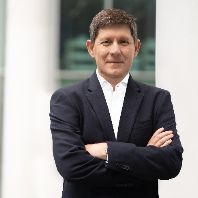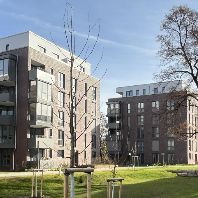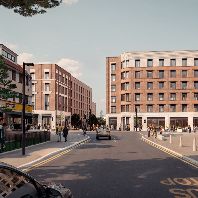Can you please explain the ‘walkability’ concept and how it translates into a real estate investment strategy?
‘Walkability’ is an analytical process that benchmarks a location by looking at its workplaces, amenities and transport infrastructure. It is an investment strategy which is aligned to the growing trend of urbanisation and also the decreased rates of car usage among the younger generation and their preference for car sharing schemes. The line between work and life is becoming increasingly blurred. We all have too little time and many people don’t want to spend precious hours of every day commuting. This is particularly true of the Millennial generation which has a strong preference for being able to live, work and play in one location. At present, half of us live in urban areas worldwide. By 2050, that proportion will rise to two thirds. This demographic change has clear implications for city planning and real estate investment.
How much value can a high Walkability rating deliver?
In the USA it has been calculated that the value of real estate with high walkability has grown by a factor of 2 (actual value: 96%) since 2006 – despite the intervening financial crises. During the same time period, the value of car-dependent locations only increased in value by just over 25% (actual value: 28%- calc attached). Meanwhile, car usage by younger generations has fallen dramatically. We see a similar pattern spreading across Europe and Germany, including across our own real estate portfolio.
How do you identify properties that will be suited to the Walkability Fund?
The first step is to ascribe a ‘Walk Score’ to a location and then incorporate this into a matrix of other real estate metrics to decide whether an asset is appropriate for the fund. Our analysis encompasses a wide range of factors from public transport connections through to building design and the proximity of places to eat and drink. It’s important for us to visit the location several times to see it for ourselves and get a sense of its character. Increasingly, investment in real estate is simply a reflection of people’s needs and preferences.
What are the environmental and sustainability benefits of this investment strategy?
It’s estimated that a shift towards more Walkable cities could save up to nine gigatonnes of carbon dioxide emissions worldwide by 2050. The Urban Land Institute says that making cities more pedestrian-friendly could lead to a 20%-40% reduction in car use. These changes would also impact positively on health. It’s proven that walking more can reduce the effects of common diseases such as diabetes, stroke and depression.
What is the Walkability Fund’s geographic focus?
The fund invests in Germany and Austria – markets where we have unrivalled experience. There’s huge interest in the German market at present. In INREV’s 2018 annual survey of its members, Germany emerged as their No. 1 investment target for 2019. Investment into Germany is booming: last year, transaction volumes rose to just under €80bn. This was 50% up on the 2017 level - which had been the previous all-time high. So we see the Walkability Fund as an excellent opportunity for investors to partner with investment managers who are expert in a core European market which has tremendous momentum, and to also focus on a trend which can increasingly drive value through leveraging changes in societal behaviour.
What are the fund’s objectives and what have you bought to date?
The Walkability Fund is a closed-end, core/manage-to-core vehicle targeting €400m of equity and a 6-7%pa net IRR and a cash-on-cash yield of 4.0 %pa utilising the leverage of up to 40%. We see value in the ‘Big Seven’ German and Austrian cities but also among the next tier of 11 cities. To date, we’ve invested roughly €183m into assets in Bremen, Stuttgart, Leipzig and Essen. All of the properties are office buildings and two have a small retail element. They are 99.6% let. All of the assets sit in vibrant locations which have good transport links and are in cities which are economically progressive.















